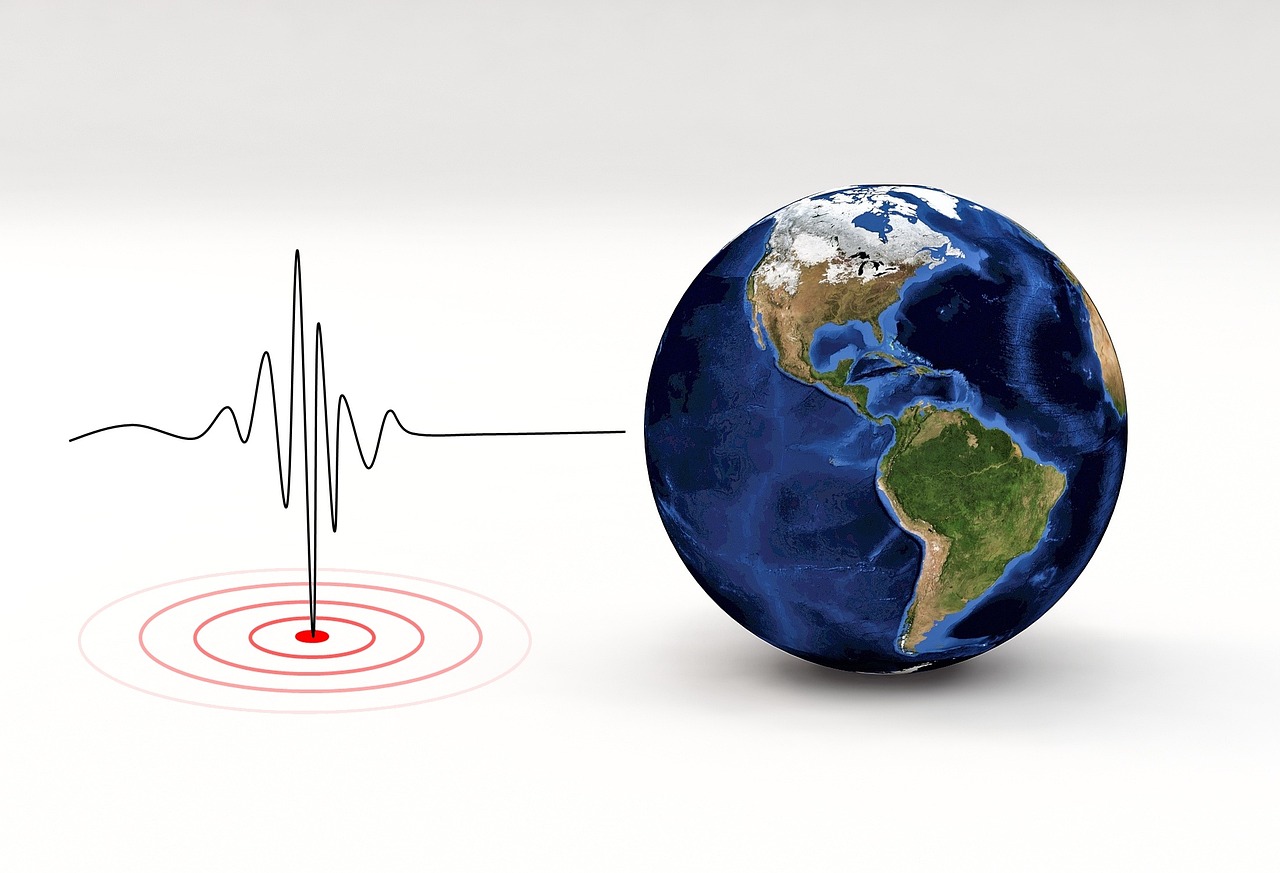Earthquake in Alaska: Magnitude, Epicenter, and Exact Time of the Latest Tremor on November 21
Alaska, often referred to as the Last Frontier, has experienced another series of earthquakes. Below is the detailed information about the latest seismic activity in the region, as reported by the United States Geological Survey (USGS).
Latest Earthquake in Alaska on November 21
On Thursday, November 21, Alaska recorded multiple earthquakes of varying magnitudes. Using its interactive “Latest Earthquake” map, the USGS has provided comprehensive details about these tremors, including their magnitude, epicenter, and the exact time of occurrence.
Key Seismic Events
-
Magnitude 1.4 Earthquake
- Epicenter: 13 km east of Fox
- Coordinates: 64.978°N, 147.345°W
- Time: 3:07 PM (Anchorage GMT -9)
- Depth: 3.5 km
-
Magnitude 1.2 Earthquake
- Epicenter: 31 km north-northeast of McCarthy
- Coordinates: 61.672°N, 142.616°W
- Time: 1:52 PM (Anchorage GMT -9)
- Depth: 0.1 km
- Intensity: Very weak (Level II)
Why Does Alaska Experience So Many Earthquakes?
Alaska’s frequent seismic activity can be attributed to the Pacific Plate’s subduction beneath the North American Plate. This geological process causes significant tectonic movement, with the Pacific Plate shifting under Alaska at a rate of 5–7 centimeters per year. Since 1938, five major subduction events have occurred in the region.
How Often Do Earthquakes Occur in Alaska?
According to historical data, Alaska averages:
- One “major” earthquake (magnitude 8 or higher) every 13 years
- One magnitude 7–8 earthquake annually
- Six magnitude 6–7 earthquakes per year
- Forty-five magnitude 5–6 earthquakes per year
- Three hundred twenty magnitude 4–5 earthquakes per year
On average, Alaska experiences approximately 1,000 earthquakes every month, making it one of the most seismically active areas in the world.
The Largest Earthquake in Alaska’s History
The 1964 Alaska Earthquake, also known as the Great Alaska Earthquake or the Good Friday Earthquake, remains the most powerful earthquake in the state’s history. This megathrust earthquake occurred on March 27, 1964, at 5:36 PM AST, causing widespread destruction and significantly shaping modern earthquake preparedness in the region.
Alaska vs. California: Why More Earthquakes?
While California is renowned for its seismic activity, Alaska surpasses it in terms of frequency and magnitude due to the Alaska-Aleutian Megathrust Fault. This fault system is one of the world’s most active, leading to a higher concentration of earthquakes in the state.
For real-time updates on seismic activity, the USGS provides an interactive map and detailed reports, helping residents and experts monitor and prepare for future events










